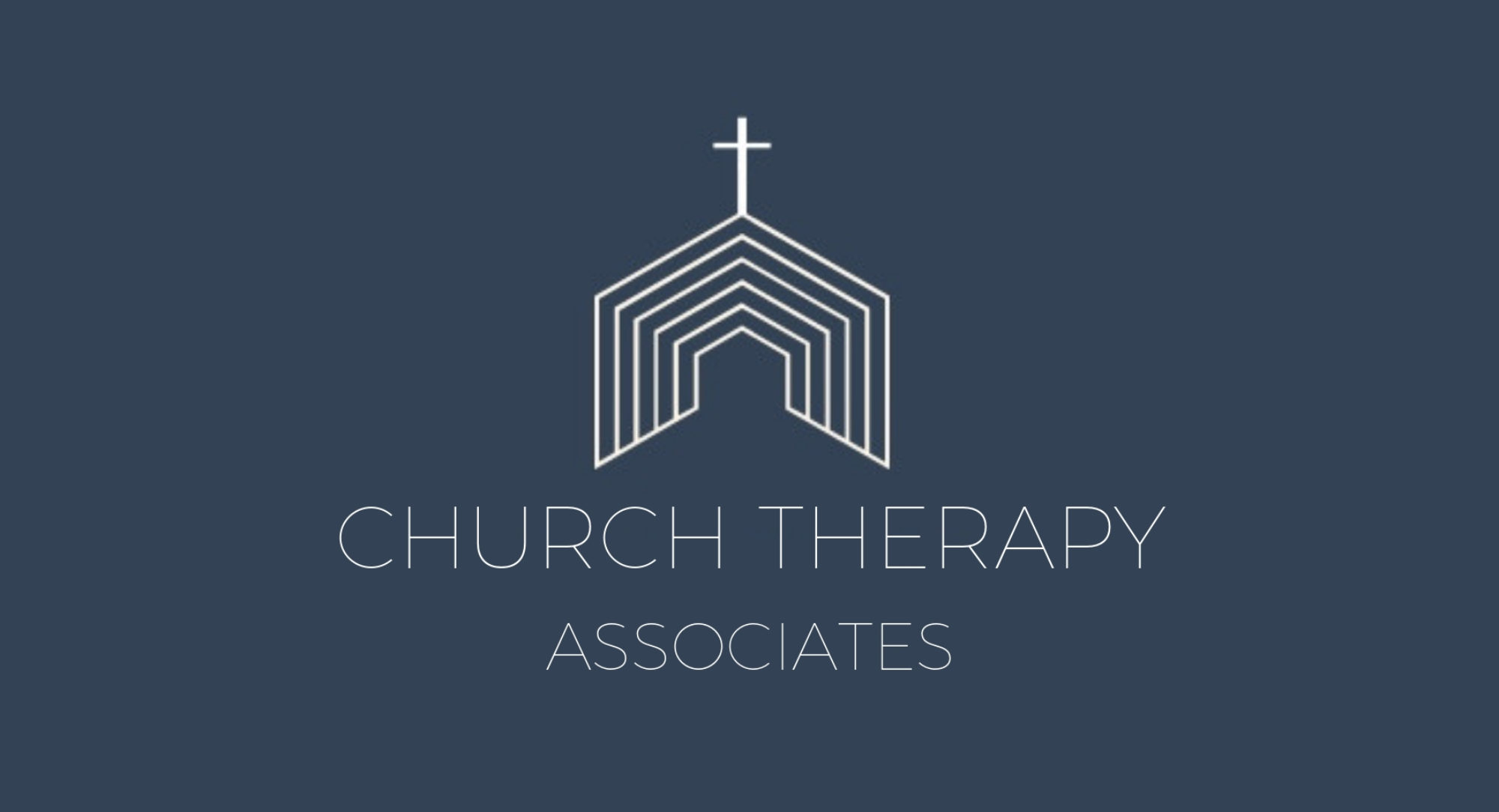Since the time of Freud and his trained psychoanalysts, there has been a belief in the counseling world that counselors must be distant from their clients. While boundaries are critical to any successful therapy experience, human connection does not need to be rejected. Carl Rogers certainly did his part to change this idea, emphasizing the importance of genuineness and unconditional positive regard given by the counselor. Now there is much data to support the idea that the relationship between the therapist and the client is the largest factor in the success of the therapy.
Despite this move towards relationship and connection, the mental health field still has systemic flaws when it comes to decreasing stigma and increasing accessibility to services. Many still believe that all dual relationships must be avoided, despite changes made in 2005 to the American Counseling Association’s code of ethics allowing for “helpful” dual relationships. Many therapists believe that they cannot be known at all by their clients, even though it is often helpful for clients to hear that their counselor shares in human experiences.
Within the church context, extending genuine love to others is a key principle demonstrated by Jesus himself. Human connection, infused with the love of God, is a powerful force of change that can produce healing. Church therapy, then, must be centered around the idea that we foster genuine love within our therapy. Within this framework, the church therapist is one who is known and who is available. There is no stigma in needing love, since this is the state in which we all find ourselves. There are no barriers to accessibility of counseling, because it is available to all in the church who are in need.
When a person experiences a problem in life (whether it be trauma, depression, anxiety, or adjustment problems), one of the most difficult things he or she could do would be to go to an unfamiliar office in a building they have not seen before and talk to a stranger about the deepest hurts of the soul. Without church therapy, this is the only option for obtaining professionally trained help. But church therapists have had the opportunity to demonstrate to those in the church that they are trustworthy. Proximity, usually avoided in counseling relationships, actually offers safety and comfort. The church therapist’s office is located right within the church walls, directly in the place of deep security and familiarity.
Many in the mental health field would argue that anonymity and distance make therapy a safe experience for the client and therapist. For some, this may be true. However, it is my belief that proximity and familiarity actually offer a kind of safety that allows those who would otherwise avoid counseling to feel able to enter in. Church therapy promotes accessibility and decreases stigma because it creates a church culture that says, “We expect you to need help. We are here for you.” This culture inherently encourages those who might not have sought help otherwise to come and receive services that can free them from emotional burdens.

